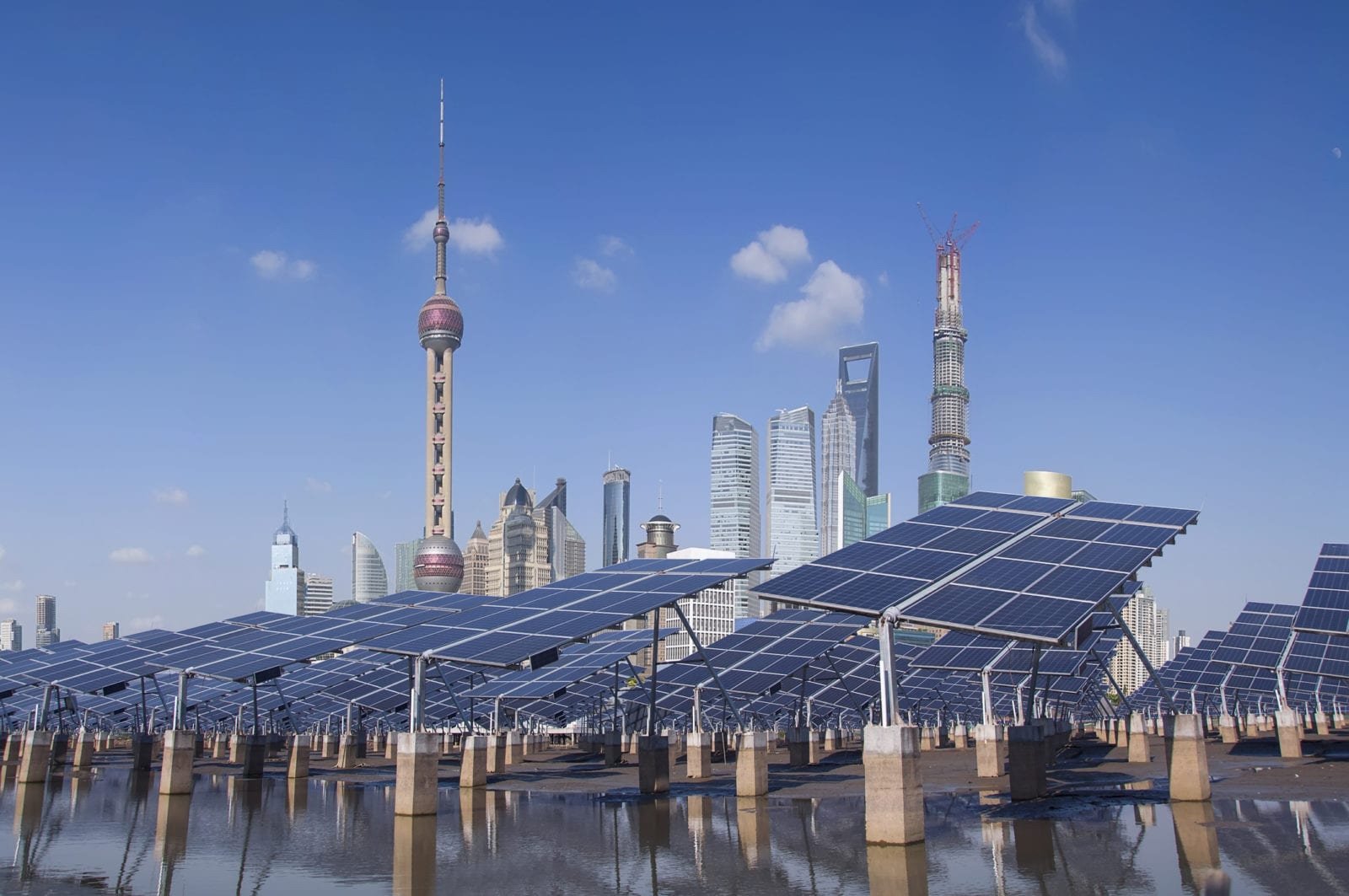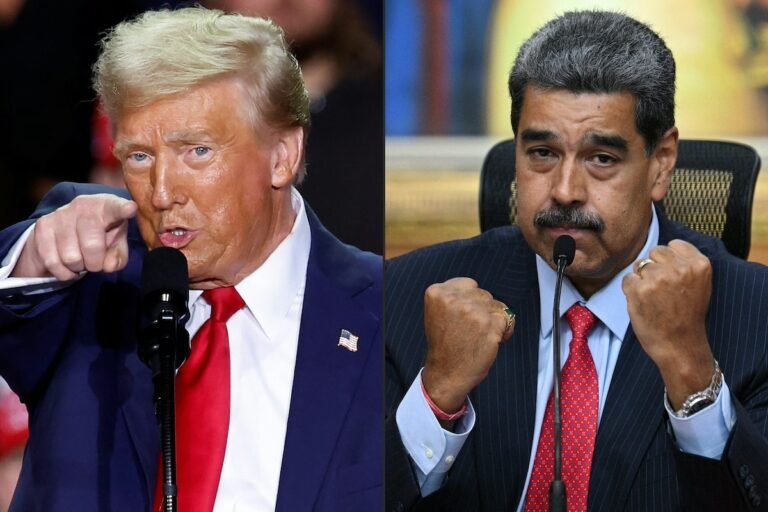China claims its green, US leaves the scene
While US President Donald Trump denounces climate action as a “con job” at the UN and China commits to modest emission cuts by 2035, the real story is neither about moral leadership nor environmental salvation—it is about industrial strategy dressed as climate diplomacy. Beijing has calculated that the optics of being the “responsible power” while…
While US President Donald Trump denounces climate action as a “con job” at the UN and China commits to modest emission cuts by 2035, the real story is neither about moral leadership nor environmental salvation—it is about industrial strategy dressed as climate diplomacy.
Beijing has calculated that the optics of being the “responsible power” while Washington retreats from global commitments provides cover for what amounts to a conservative target that preserves economic flexibility.
Chinese President Xi Jinping’s pledge to reduce greenhouse gas emissions by 7-10% from peak levels by 2035 represents China’s first absolute emissions target, but analysts note this falls well short of the 30% reduction experts say would align with 1.5°C pathways.
The timing was strategic: Xi’s commitment was announced one day after Trump called climate efforts a “green scam”, maximizing the contrast with the US while minimizing actual obligation.
The president of the world’s largest emitter positioned himself as championing “the trend of our time” while the world’s largest historical emitter abandoned the field entirely.
Manufacturing supremacy
China’s real climate strategy is visible not in its emission targets but in its industrial policy: dominating the supply chains that will define the post-carbon global economy.
The country added 46 gigawatts of wind capacity in just the first five months of 2025—enough to power 30 million homes—while simultaneously approving 25 gigawatts of new coal plants.
This apparent contradiction reveals the underlying logic: China is building the manufacturing base for global decarbonization while maintaining energy security through domestic coal.
Xi’s promise to scale wind and solar capacity sixfold from 2020 levels positions China as the indispensable supplier of clean energy hardware. China already produces over 80% of global solar photovoltaic modules and dominates key component supply chains.
The country’s strategy is to flood global markets with renewable technology exports while using coal as backup power for its own industrial base—a form of carbon arbitrage that externalizes decarbonization benefits while internalizing energy security.
Beijing’s climate diplomacy carefully sidesteps its most glaring contradiction: continuing to build more coal capacity than the rest of the world combined, even as it champions renewable energy.
In the first half of 2025, China and India together accounted for 87% of new global coal capacity, with China alone starting construction on 46 gigawatts. These plants are being built in coal-rich provinces like Xinjiang and Inner Mongolia, reinforcing coal’s role as “dependable dispatchable power” in official justifications.
The “from peak” baseline in China’s emission target creates what experts call perverse incentives for local governments and firms to increase emissions in the coming years, thereby weakening the actual target.
Without clarity on when and at what level emissions will peak, the 7-10% reduction becomes an accounting exercise rather than a meaningful decarbonization pathway.
This ambiguity is a feature, not a bug—it allows China to claim climate leadership while preserving maximum policy flexibility.
Washington’s strategic own goal
Trump’s UN performance—calling climate change “the greatest con job ever perpetrated” and urging nations to abandon renewable energy—handed China a diplomatic gift.
By positioning America as actively opposing the energy transition, Trump effectively ceded the “electro-state” competition to China without extracting any concessions.
The president’s false claims about Chinese wind turbine usage—asserting China builds turbines but doesn’t use them—were immediately contradicted by data showing China’s massive domestic wind deployment.
The irony is that Trump’s retreat from climate diplomacy occurs precisely when China’s actual climate performance remains questionable. A more strategic approach might have challenged Beijing to match rhetoric with action rather than allowing modest Chinese commitments to appear ambitious by comparison.
Instead, Washington’s withdrawal from the Paris Agreement for a second time leaves China as the default “responsible actor” regardless of the substance of its policies. For the rest of Asia, the China-US dynamic creates both opportunities and risks that transcend climate rhetoric.
Countries like Japan are pursuing dual-track strategies—securing liquefied natural gas supplies from Australia while investing in renewable infrastructure—that prioritize energy security alongside decarbonization. This approach recognizes that climate action must serve national industrial interests rather than global diplomatic positioning.
The real Asian climate story is happening in manufacturing and supply chain decisions, not UN speeches. As China dominates clean energy hardware production, other Asian economies must decide whether to accept technological dependence or build indigenous capacity.
The geopolitical reality is that renewable energy components, like fossil fuels before them, represent a form of strategic resource that can be weaponized.
Beyond diplomatic theater
China’s climate gambit succeeds precisely because it operates in the realm of perception rather than performance.
By maintaining consistency with international agreements while the US retreats, Beijing positions itself as a reliable partner even as its emission trajectory remains problematic.
The country’s “true multilateralism” rhetoric resonates not because of its climate ambition but because of American abdication of global engagement. The unorthodox reality is that neither superpower is treating climate as an existential crisis requiring transformation of their economic models.
China pursues industrial dominance through green technology exports while maintaining coal dependence; America abandons climate cooperation to protect fossil fuel interests. Both strategies prioritize short-term competitive advantage over long-term climate stability.
For Asia, the lesson is that climate diplomacy has become a subset of industrial policy and technological competition. The countries that will thrive in the coming decades are those that treat decarbonization as an economic and strategic imperative, not a moral obligation.
China’s climate pledge may be modest, but its manufacturing strategy is anything but—and that is where the real climate leadership will be decided.
Y Tony Yang is an endowed professor at the George Washington University in Washington, DC.







